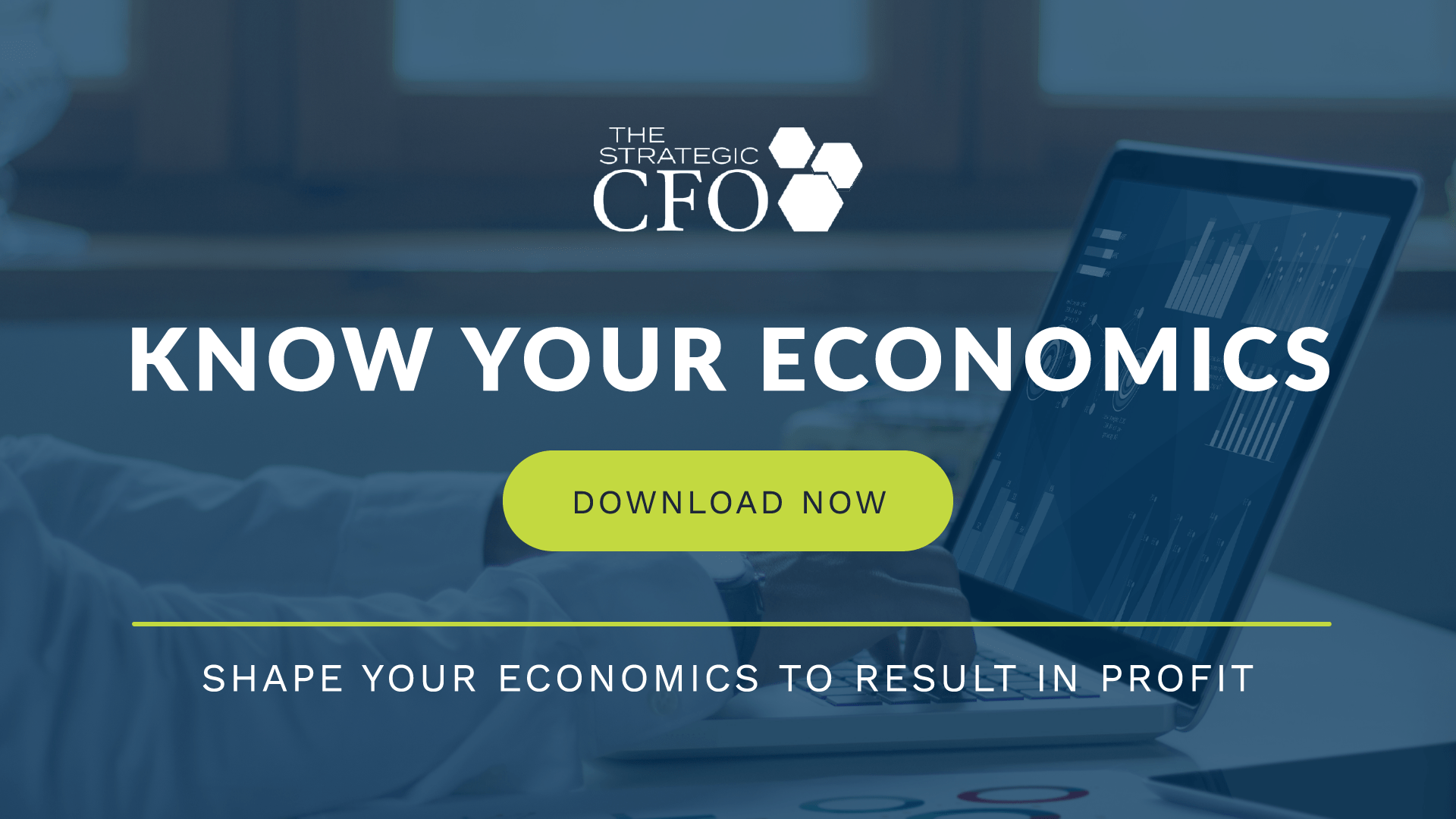See Also:
Absorption vs Variable Costing
Agency Costs
Operating Capital
Replacement Costs
Labor Costs Definition
The labor costs definition is the total cost of all labor used in a business. It is one of the most substantial operating costs. These are particularly important in any business which experience heavy human resource labor costs: construction, manufacturing, and other industries which have partially or non-automated operations. These costs include 2 main subcategories. The direct labor costs definition is summarized as the cost of labor which is used directly to make products. Meanwhile, the indirect labor costs definition is simply explained as the cost of labor which is used to support or make direct labor more efficient.
Labor Costs Explanation
These costs are explained by many as the most important cost a company will face, is a key factor in almost any business. This is due to the fact that employee turnover is one of the main factors which causes a business to fail. To begin, it is in the best interest of any owner that unit labor costs and inflation are minimized to maximize profits.
The importance of labor costs does not stop here. They are a variable cost. As such, they must also occur in a predictable cycle to avoid cash flow problems. If a firm is seasonal and requires additional labor at peak times, business controllers must have the cash on hand to afford this increase in cost. If a business plans properly it will avoid many cash issues associated with the cost of labor.
Labor Costs Formula
A single formula will not serve the many different needs associated. Despite this, a common and simple formula is included below:
Labor Costs = (total sales x labor %) / average hourly rate of labor
Labor Costs Calculation
To perform a simple labor costs calculation follow the process outlined below:
If:
Total Sales = $1,000,000
Labor % = 15%
Average hourly rate of labor = $10
Labor Costs = ($1,000,000 x .15) / $10 = (150,000) / $10 = $15,000
Labor Costs Example
For example, Leann is the owner of a clothing store in the largest mall in her city. Leann, a fashion aficionado from birth, knows the popular styles better than any designer in Milan. She works diligently to make sure her store stays in pace with the trends of today as well as the future.
Leann is gearing up for her peak season. Additionally, she is concerned because her off-season sales have slumped slightly. She sees the new season as a great opportunity to move inventory and regain the ground. That is, if she has enough cash to get by.
Leann will need to increase hours for sales and backroom staff during these peak times. To balance that, she will also have to make sure she can pay for these employees. The slump in her off-peak season has made Leann plan more for the future. She now wants to calculate cost of labor for her peak period to make sure she can afford the cash needed to get by.
Example Calculation
Leann performs this simple calculation to find her cost of labor:
If:
Total Sales = $1,000,000
Labor % = 15%
Average hourly rate of labor = $10
Then:
Labor Costs = (total sales x labor%) / average hourly rate of labor
Labor Costs = ($1,000,000 x .15) / $10 = (150,000) / $10 = $15,000
For Leann’s retail business cost of labor total $15,000 for the period she is studying. This is more than she expected and can afford. Luckily, Leann has excellent credit. Leann decides to apply for a small business loan to help her company survive the first month of peak demand. From here she will make the cash necessary to continue.
Leann also decides to pay more attention to her company finances. She was not surprised by this situation, but still wants to be able to predict the problems that her business will face better. Her drive and insight will achieve this and many future goals.
If you want to increase the value of your organization, then click here to download the Know Your Economics Worksheet.
[box]Strategic CFO Lab Member Extra
Access your Strategic Pricing Model Execution Plan in SCFO Lab. The step-by-step plan to set your prices to maximize profits.
Click here to access your Execution Plan. Not a Lab Member?
Click here to learn more about SCFO Labs[/box]













